- |
- |

Welcome to February’s edition of Super8, where curator Maikel Daloo explores all sorts of potential additions to your tech stack: from headless CMS’ to serverless architecture and beyond.
Learn all about Jamstack, progressive web apps (PWAs), microservices architecture and more, with a range of practical resources to introduce the concepts and get you started with implementation. Ready to check out some new tech? We’ve got you covered with Super8 in February.
1. Headless CMS explained in 5 minutes.
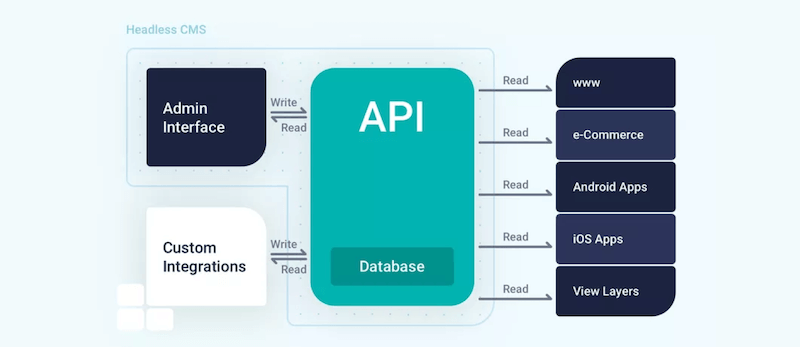
- Read the full article here.
- Created by: Roberto Butti.
- Contributed by: Maikel Daloo.
In this piece, you’ll gain an introductory understanding of the basics of a headless content management system (CMS). Roberto Butti covers what the technology involves, how it can be used, and some good options to consider. This article also explains some of the key differences between a headless CMS and a more traditional CMS.
2. Serverless architecture: what it is and how it works.
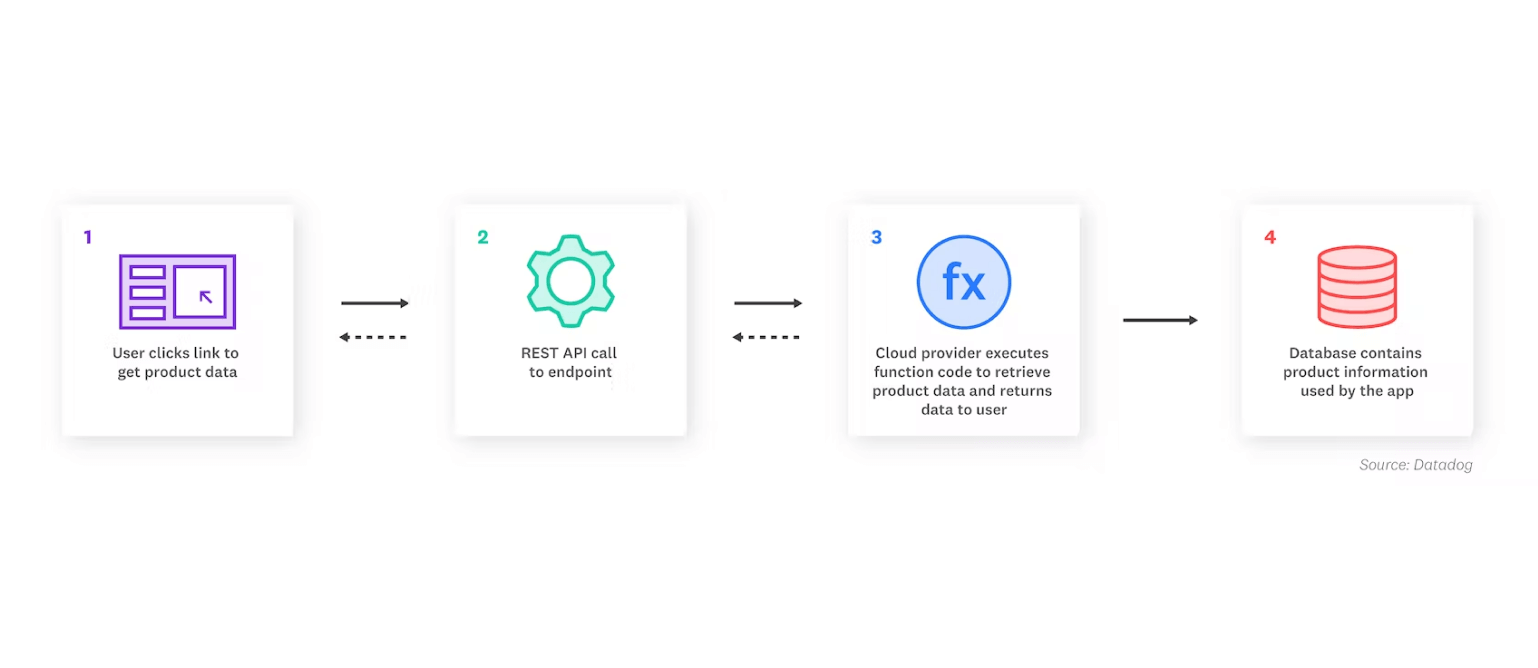
- Read the full article here.
- Created by: Datadog Knowledge Centre.
- Contributed by: Isabel Silvis.
Serverless architecture allows developers to focus on writing code without having to manage server infrastructure. Instead, cloud providers handle the backend infrastructure, automatically scaling it to meet the application’s needs as required. This approach can reduce costs and improve efficiencies, as you’ll only pay for the actual computing resources used. Serverless architecture also offers high availability, fault tolerance, and the ability to scale quickly and easily, making it an excellent choice for building and deploying event-driven applications or microservices.
3. What are microservices?

- Read the full article here.
- Created by: Anna Monus.
- Contributed by: Jon Trumbull.
A microservices architecture breaks down a large, monolithic application into smaller, more manageable components that communicate with each other via application programming interfaces (APIs). This approach allows teams to work on different services independently, making it easier to maintain and scale applications. Microservices can also improve reliability, as issues with one service do not affect the entire application. They can also enable greater flexibility, as services can be written in different programming languages and use different technology stacks.
4. How to choose a headless CMS.
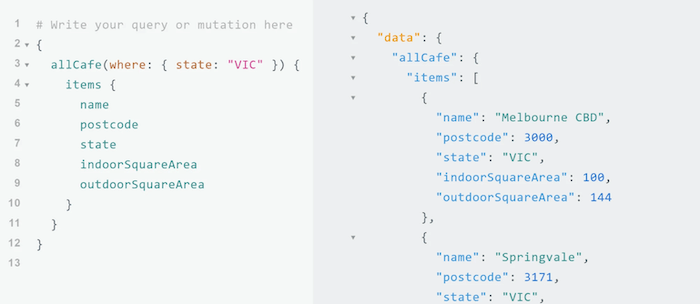
- Read the full article here.
- Created by: Emmanuel Tissera.
- Contributed by: Kurt Smith.
With so many options for a headless CMS, selecting the right approach can be a challenge. There’s so much to consider from a variety of different perspectives. For example, you need to factor the differing objectives and preferences of content creators, developers, organisational infrastructure requirements, and more. in this article, Emmanuel Tissera delves into the headless CMS features that can meet the needs of your content authors, marketing team members and developers.
5. Understand progressive web apps (PWAs) and how to set them up.

- Read the full article here.
- Created by: Adobe Communications Team.
- Contributed by: Tim Copland.
Progressive Web Apps (PWAs) combine the best features of websites and native mobile applications to create a fast, engaging, and reliable user experience. They can be installed on a person’s device, work offline, and send push notifications, just like a native app. PWAs also use less data and take up less storage space than traditional apps. They’re a powerful way for businesses to increase engagement, conversion rates, and the amount of time people spend on your application, as users are more likely to return to a PWA they’ve installed than a website they’ve bookmarked.
6. New to Jamstack? Everything you need to know to get started.
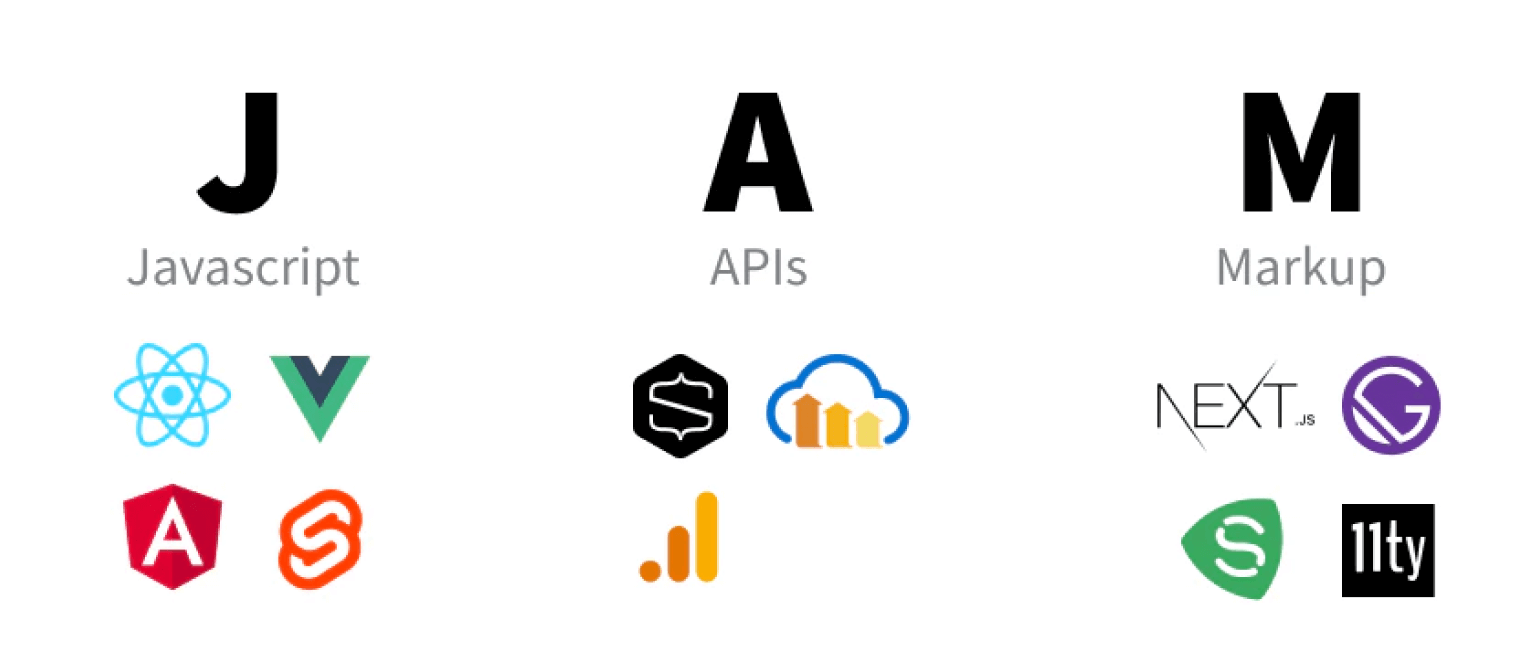
- Read the full article here.
- Created by: Colby Fayock.
- Contributed by: Nina Wan.
The Jamstack. While it sounds like the name of a recording studio, it’s actually an architecture where a website is delivered statically, such as serving HTML from static hosting or a content delivery network (CDN), but providing dynamic content and an interactive experience through JavaScript. The ‘JAM’ represents Javascript, APIs, and Markup. So, what are the benefits of the Jamstack? How does it differ from a traditional architecture? And what’s the best way to get started with the tooling? You’ll find all these answers and more in this excellent introduction.
7. Learn to future-proof sites using headless CMS and different SSGs.
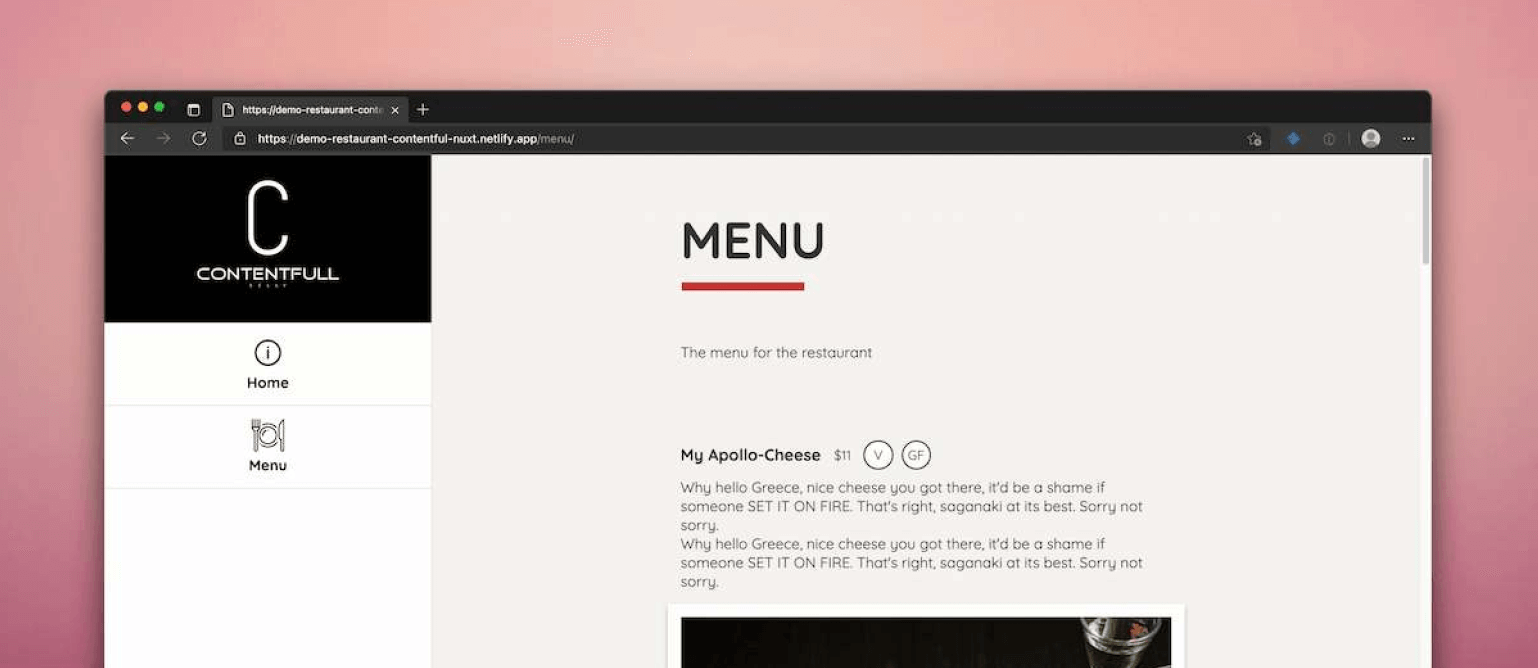
- Read the full article here.
- Created by: Phil Hawksworth.
- Contributed by: Vince Raffaut.
In this piece by Phil Hawksworth, you’ll gain an understanding of why decoupling your architecture can help to future-proof your website. Plus, how to use various static site generators (SSGs) in conjunction with a headless CMS to create high-performing static websites. Using the hypothetical example of building a website for a restaurant, Phil walks through the typical functional requirements for this type of CMS, user or admin objectives, tools, common questions that pop up along the way, and more.
8. 21 headless CMS platforms that you should check out.

- Read the full article here.
- Created by: Berna Partal.
- Contributed by: Sergio Moreira.
This excellently extensive piece by Berna Partal compares a large list of headless CMS platforms to help you determine which one might best suit your requirements. See what sets each option apart and compare the user interface, ease-of-use, G2 ratings based on user reviews and aggregated data, and whether they have a free plan or not.
More Articles
Up for some more?
Get your monthly fix of August happenings and our curated Super8 delivered straight to your inbox.
Thanks for signing up.
Stay tuned, the next one isn't far away.
Return to the blog.
